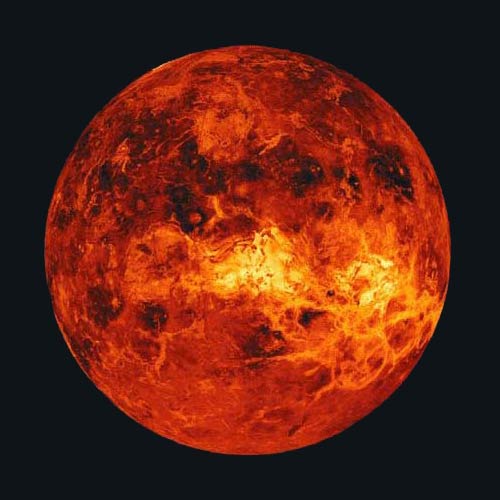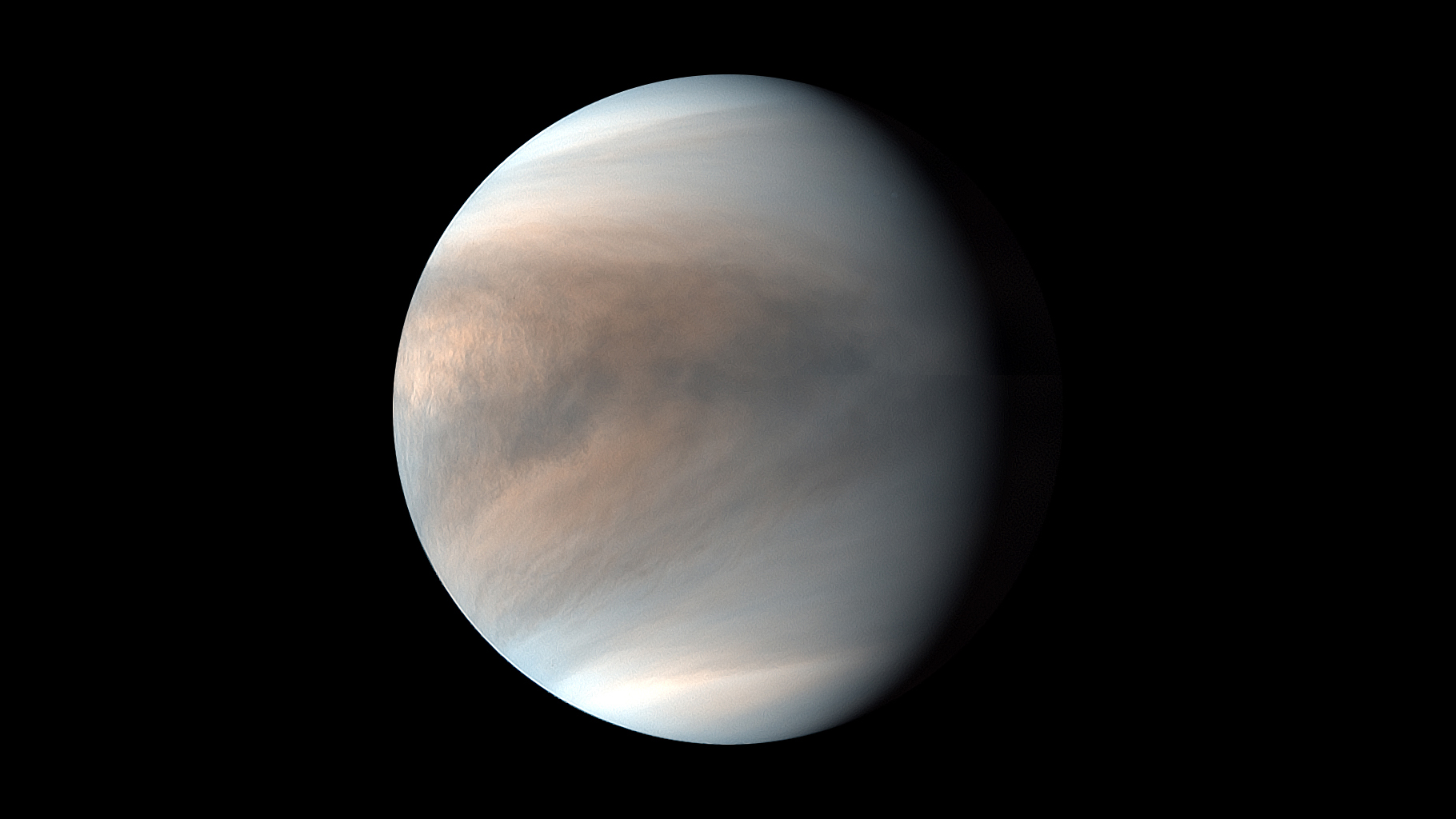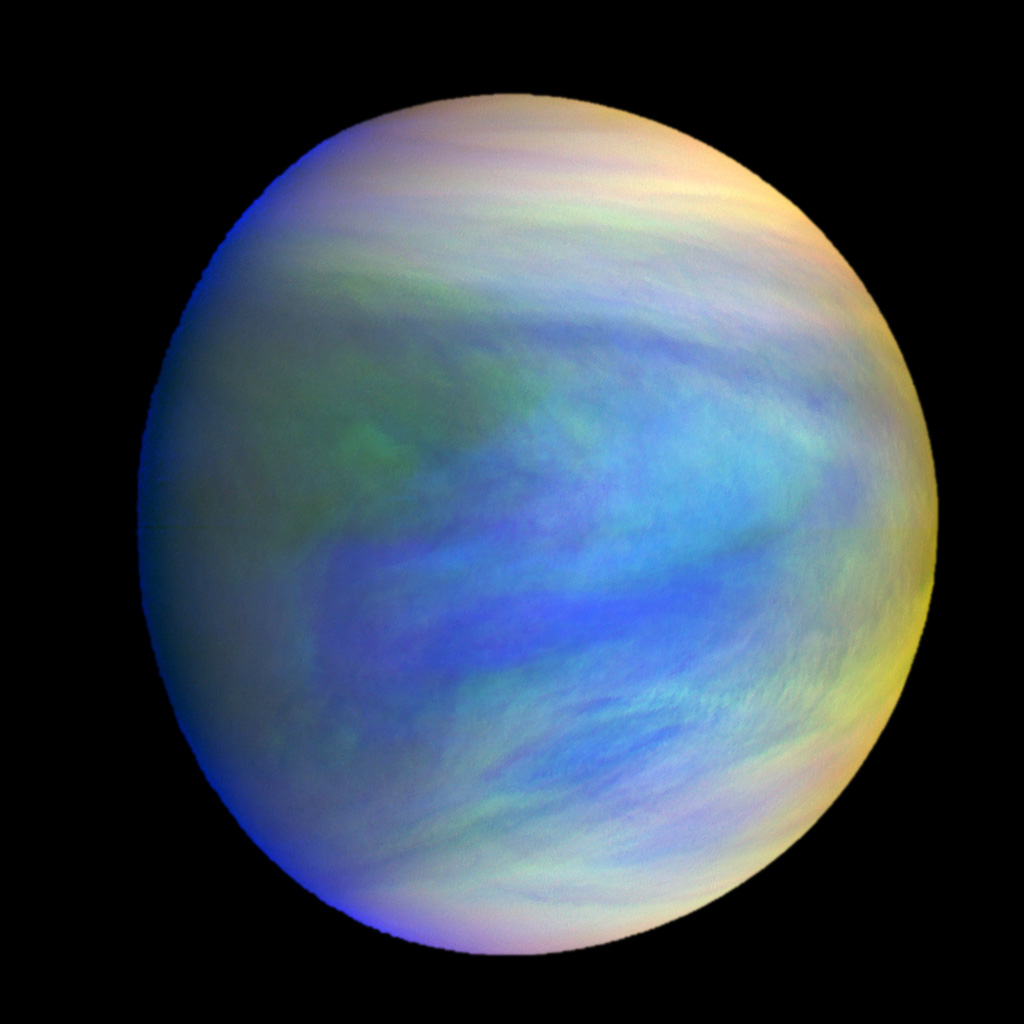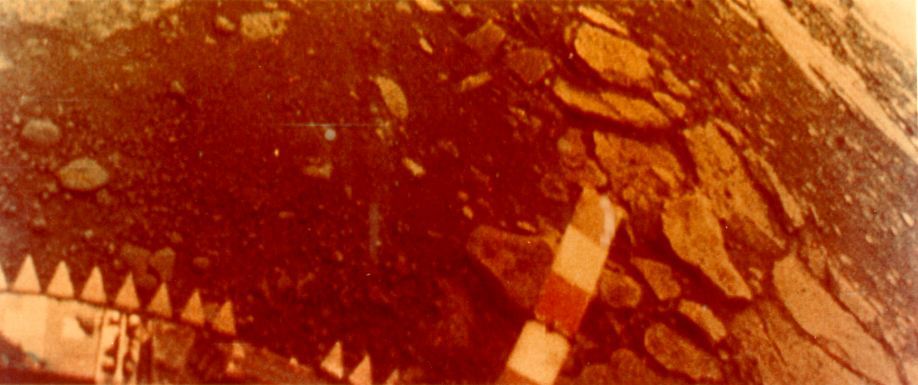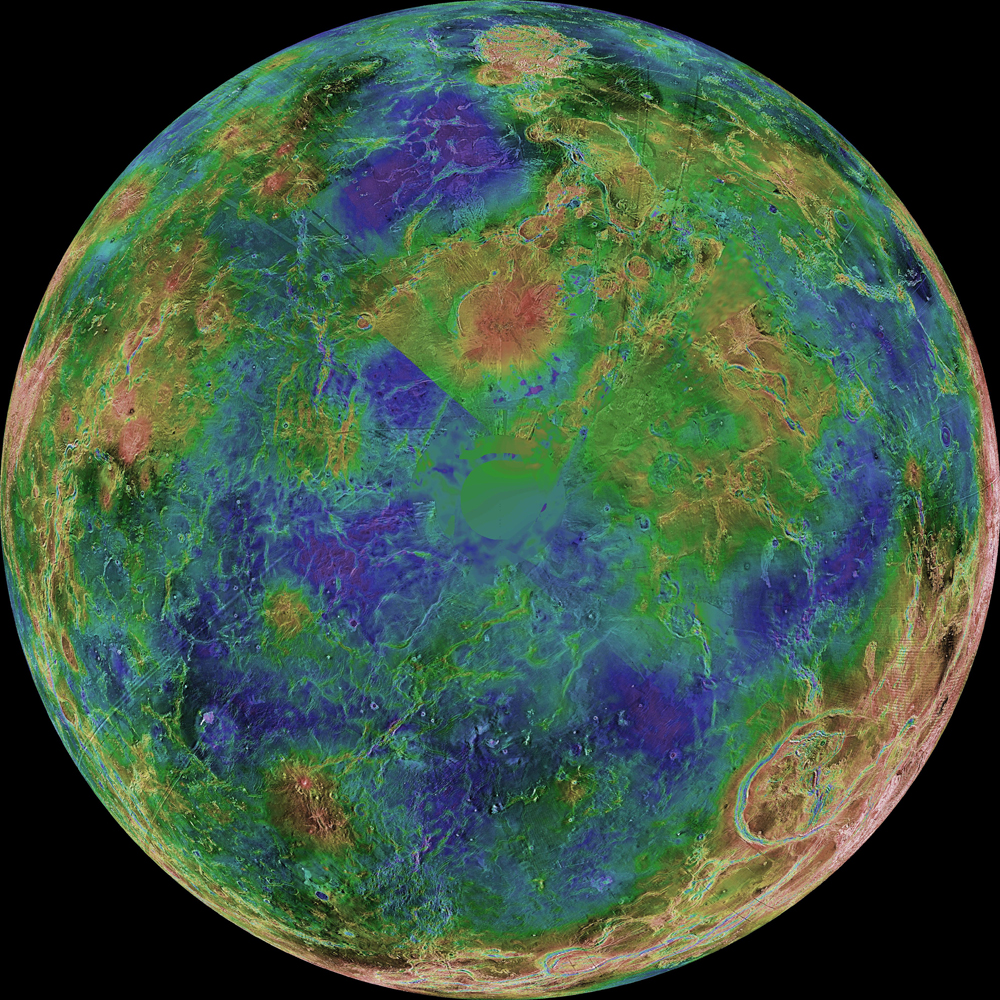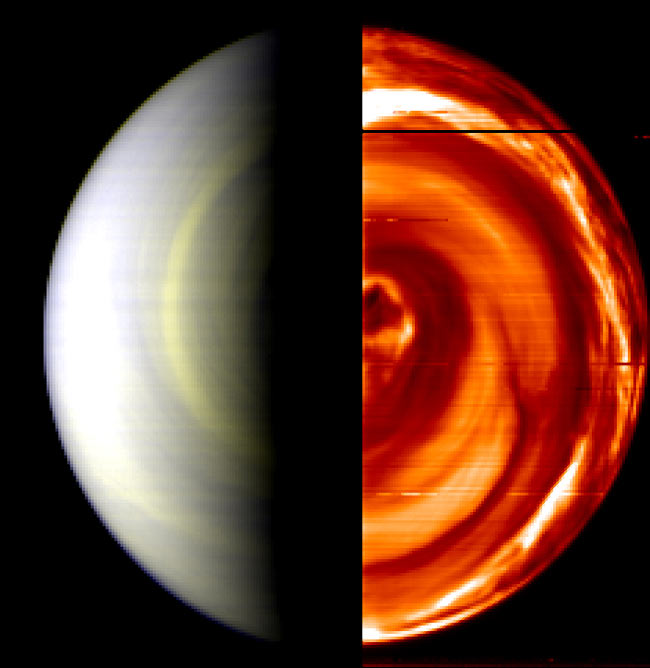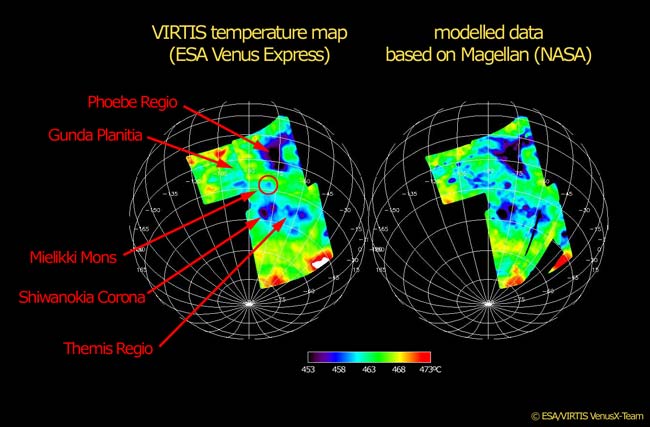Photos of Venus, the mysterious planet next door
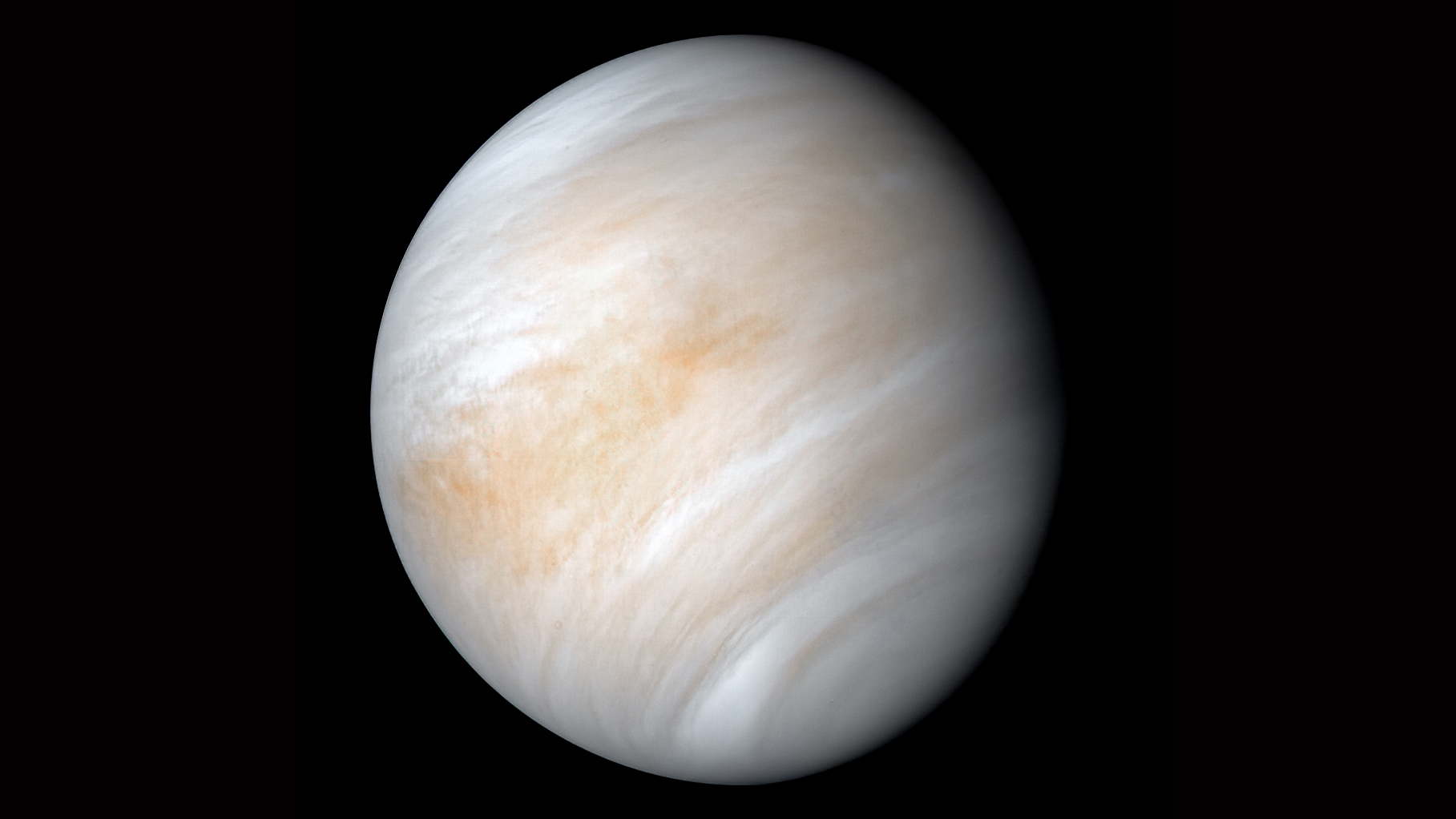
Venus, the second planet from the sun, is a a cloud-covered planet with an ultra-hot surface. See photos of the hellish planet in this Space.com gallery.
The blistering surface of Venus
Although Venus is only the planet second nearest the sun, its dense, toxic atmosphere traps heat in a runaway version of the greenhouse effect that warms up the Earth. As a result, temperatures on Venus reach 870 degrees F (465 degrees C), more than hot enough to melt lead.
Life on Venus?
NASA's Pioneer Venus Orbiter took this false color image of Venus’ clouds during its mission circling the cloudy world from 1979 into 1992. Some scientists have speculated that the planet's clouds might be a cozy habitat for microbial life.
Related: Strange chemical in clouds of Venus defies explanation. Could it be a sign of life?
Was Venus alive? 'The signs are probably there'
The Galileo spacecraft took this picture of Venus in 1990. It has been filtered and colorized to enhance cloud forms. The sulfuric acid clouds are somewhat similar to fair weather clouds on Earth.
Swirling clouds of Venus
Japan's Akatsuki spacecraft captured this false-color image of Venus' dayside on March 30, 2018. The planet's atmosphere spins faster than its surface; compared to Earth, Venus twirls at a leisurely pace on its axis, with its surface taking 243 Earth days to complete one rotation. However, the hot, deadly atmosphere of Venus spins nearly 60 times faster than its surface, whirling around the planet once every 96 hours, an effect known as super-rotation.
Venus in false color
A composite view of Venus as seen by the Japan Aerospace Exploration Agency's Akatsuki spacecraft.
Breaking space news, the latest updates on rocket launches, skywatching events and more!
Venera 13 sees the surface of Venus
A panoramic view of the surface of Venus from the Soviet Union's Venera 13 lander, which landed on Venus in 1982.
Surface of Venus by Venera 13
A panoramic view of the surface of Venus from the Venera 13 lander.
Venus' south pole
The hemispheric view of Venus, as revealed by more than a decade of radar investigations culminating in the 1990-1994 Magellan mission, is centered on the planet's south pole.
Inside Planet Venus
Venus, the second closest planet to our sun, is named after the Roman goddess of love and beauty. The cloud-covered world is also one of the brightest natural objects in the night sky. Learn more facts about Venus in this Space.com infographic.
Hot discovery: dark vortex on Venus
Composite, false-color view of Venus south pole captured by VIRTIS 12 April 2006 onboard Venus Express.
Venus' double vortex confirmed in new animation
These six different infrared images (in false colour) were taken by the Ultraviolet/Visible/Near-Infrared spectrometer (VIRTIS) on board ESA’s Venus Express spacecraft between 12 and 19 April 2006, during the first capture orbit around the planet. Credits: ESA/VIRTIS/INAF-IASF/Obs. de Paris-LESIA
Map of Venus
The temperature maps of the Venusian surface shown in this image were built thanks to direct measurements obtained by Venus Express’ VIRTIS instruments (left), compared with surface temperature predictions based on the Magellan topographic data obtained in the early 1990s (right).

Space.com is the premier source of space exploration, innovation and astronomy news, chronicling (and celebrating) humanity's ongoing expansion across the final frontier. Originally founded in 1999, Space.com is, and always has been, the passion of writers and editors who are space fans and also trained journalists. Our current news team consists of Editor-in-Chief Tariq Malik; Editor Hanneke Weitering, Senior Space Writer Mike Wall; Senior Writer Meghan Bartels; Senior Writer Chelsea Gohd, Senior Writer Tereza Pultarova and Staff Writer Alexander Cox, focusing on e-commerce. Senior Producer Steve Spaleta oversees our space videos, with Diana Whitcroft as our Social Media Editor.
